Special Reports are longer, often more technical, documents consisting of entire articles, government statements, and other documents relevant to security and peace in Northeast Asia.
US FORCES KOREA: NONCOMBATANT EMERGENCY EVACUATION INSTRUCTIONS
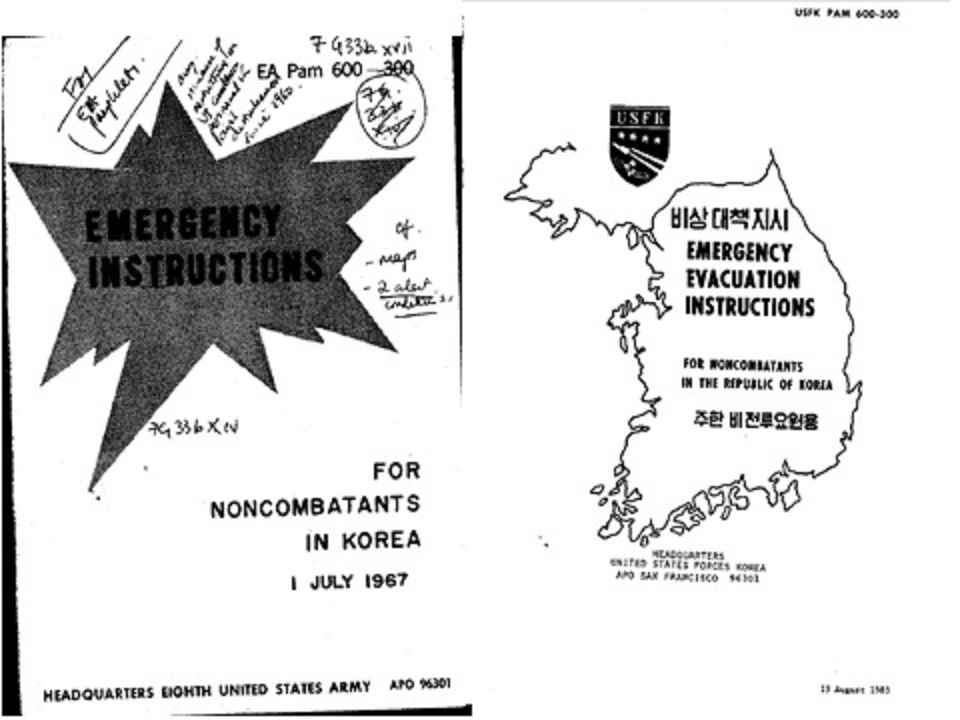
PETER HAYES FEBRUARY 8, 2018 I. INTRODUCTION In this essay, Peter Hayes describes US Force Korea’s “NONCOMBATANT EMERGENCY EVACUATION INSTRUCTIONS” issued in 1967, 1983, and 2010. He concludes that: “These documents provide a realistic sense of the demanding, time consuming, and complicated task of evacuating noncombatants from Korea, and suggest it would be difficult […]
Go to the articlePEACEMAKING IN PURSUIT OF NUCLEAR DISARMAMENT: COMPREHENSIVE MOVES TOWARDS A NUCLEAR-FREE KOREAN PENINSULA CONFERENCE SYNTHESIS REPORT
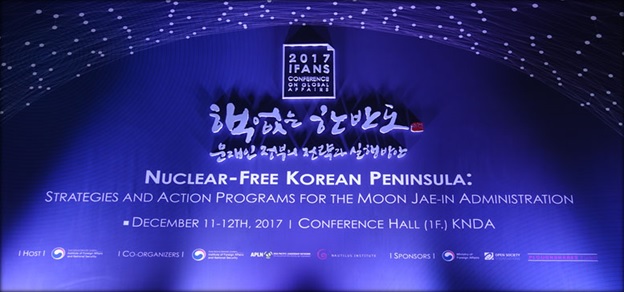
PETER HAYES AND BINOY KAMPMARK JANUARY 25, 2018 I. INTRODUCTION In this synthesis report, Peter Hayes and Binoy Kampmark summarize and assess deliberations between policymakers, analysts and experts on the subject of a future nuclear-free Korean Peninsula at the Korean National Diplomatic Academy (KNDA), Seoul, the Republic of Korea (ROK), on December 11 and 12, […]
Go to the articleNON-STATE TERRORISM AND INADVERTENT NUCLEAR WAR

PETER HAYES JANUARY 18, 2018 I. INTRODUCTION In this essay, Peter Hayes concludes that: “Each nuclear armed state will make its moves in response to the posited terrorist nuclear attack partly in response to its expectations as to how other nuclear armed states will perceive and respond to these moves—and considered together, it is obvious […]
Go to the articleENERGY INSECURITY IN THE DPRK: LINKAGES TO REGIONAL ENERGY SECURITY AND THE NUCLEAR WEAPONS ISSUE
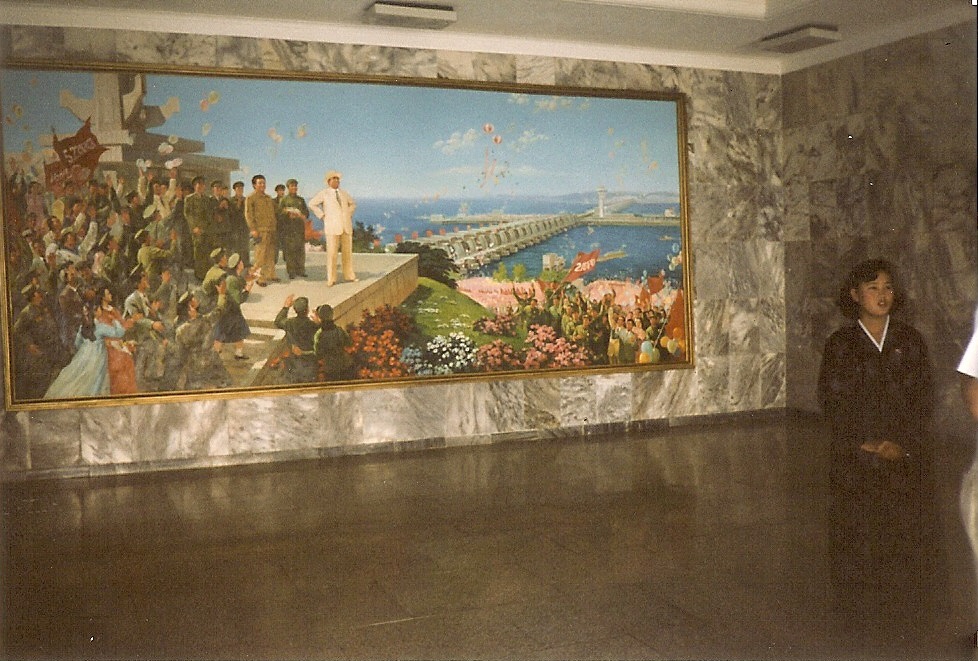
DAVID VON HIPPEL AND PETER HAYES JANUARY 3, 2018 I. INTRODUCTION In this essay, David von Hippel and Peter Hayes conclude that: “A package of such engagement measures, starting small and building as agreements on nuclear weapons security issues are made and implemented, should be a key component of negotiations toward settlement of the DPRK […]
Go to the articleHISTORICAL IMPLICATION OF SPENT FUEL RISK: PERSPECTIVES FROM NAGASAKI
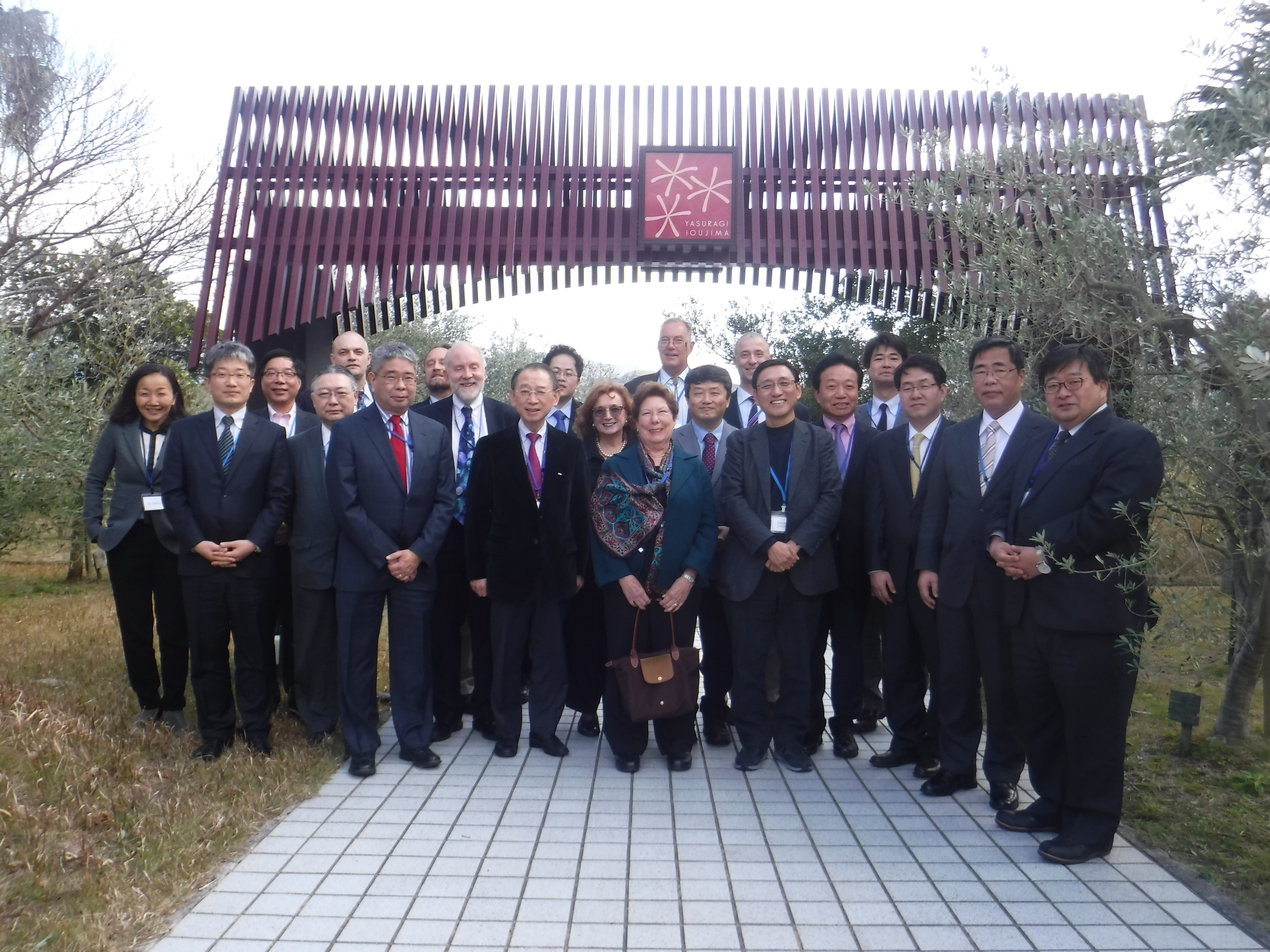
FUMIHIKO YOSHIDA AND TATSUJIRO SUZUKI DECEMBER 28, 2017 I. INTRODUCTION In this essay, Fumihiko Yoshida and Tatsujiro Suzuki conclude that: “nuclear weapon states and nuclear-umbrella states which own spent nuclear fuel must face the risk of possible military attack (or terrorism) on spent fuel. For those who depend on nuclear deterrence, confronting such spent […]
Go to the articleREADING KIM JONG UN’S LIPS: WHAT IS HIS PLAYBOOK AND INTENTION WITH NUCLEAR WEAPONS?

READING KIM JONG UN’S LIPS: WHAT IS HIS PLAYBOOK AND INTENTION WITH NUCLEAR WEAPONS? PATRICK MCEACHERN DECEMBER 20 2017 I. INTRODUCTION In this essay, Patrick McEachern argues: “Unlike his father and grandfather, Kim Jong Un began his reign with an unambiguous and tested first generation nuclear weapons capability. Contrary voices publicly articulating the trade-offs associated […]
Go to the articleNUCLEAR TERRORISM AND SPENT FUEL STORAGE IN NORTHEAST ASIA
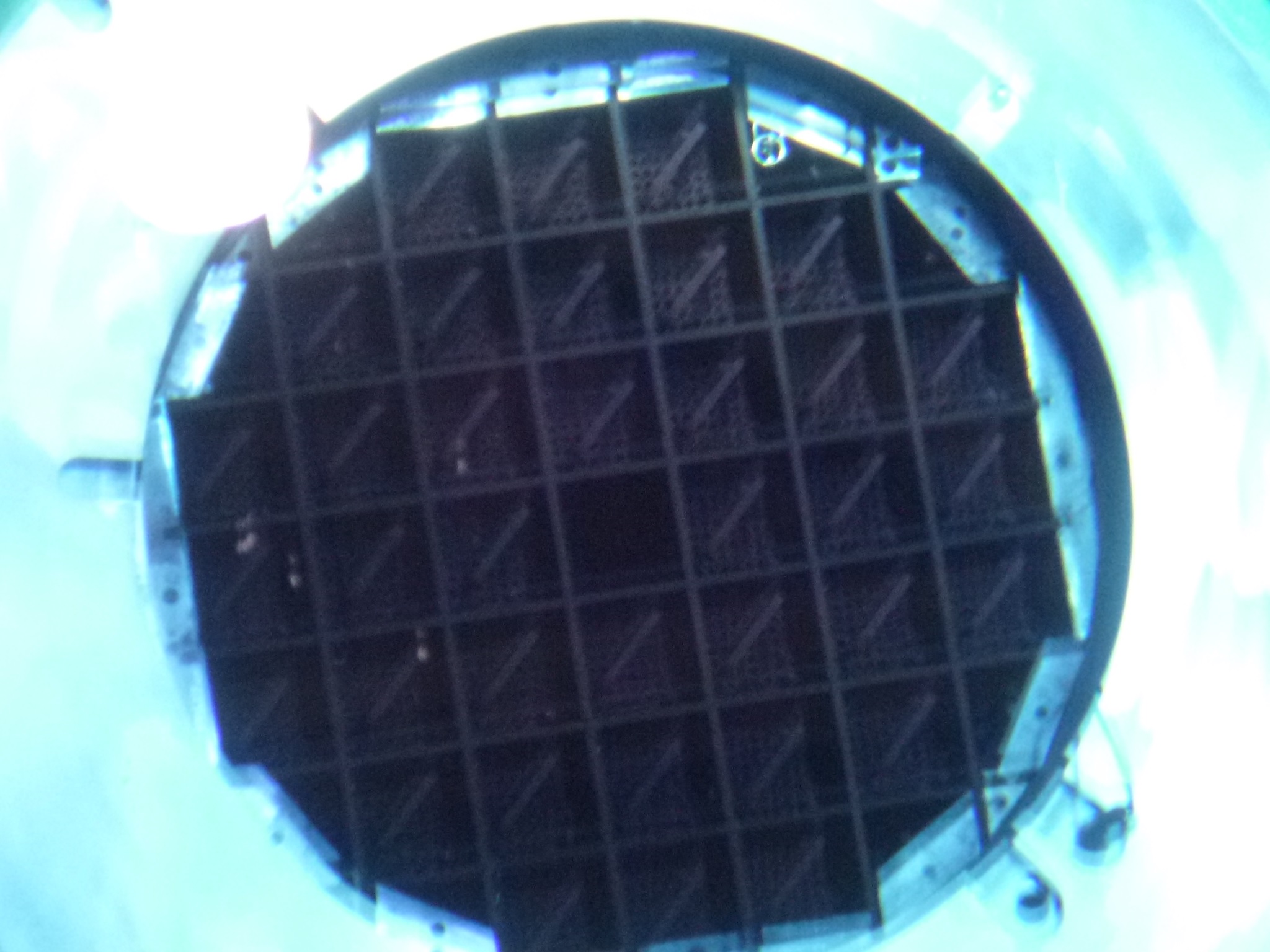
NOBUYASU ABE DECEMBER 8, 2017 I. INTRODUCTION In this essay, Nobuyasu Abe concludes that “it may be useful to have international arrangements to share the supplies and material in case of [a nuclear terrorist attack] emergency. Cooperation among regional neighbors is a logical conclusion given the advantage of having emergency supplies in the nearby neighborhood. […]
Go to the articleVULNERABILITY TO TERRORISM OF NUCLEAR SPENT FUEL: THE SOUTH KOREAN CASE
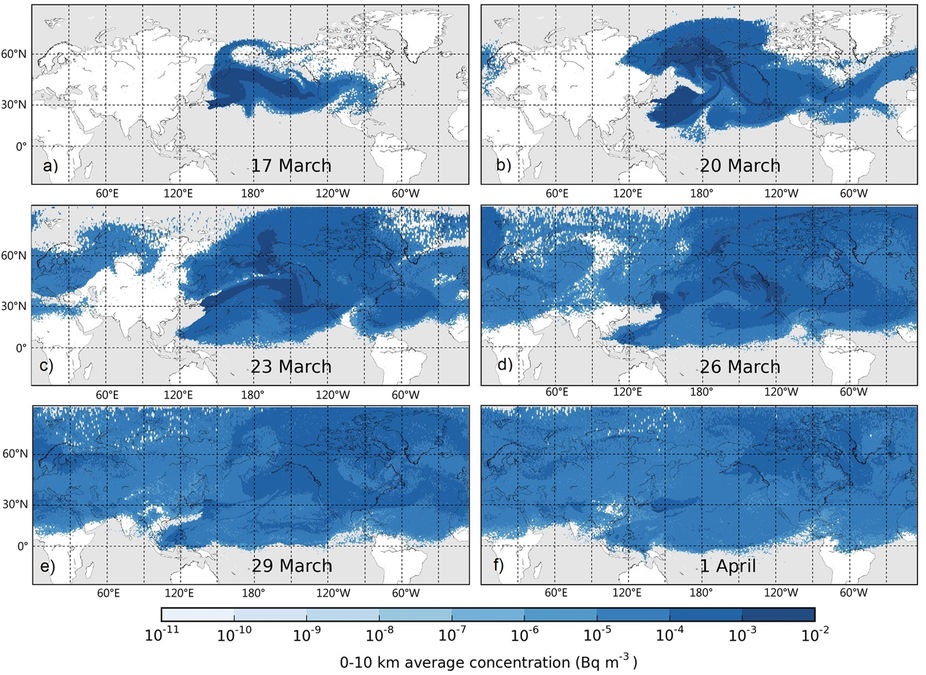
JUNGMIN KANG NOVEMBER 30, 2017 I. INTRODUCTION In this essay, Jungmin Kang estimates inventories of radioactive material in spent fuel pools in South Korea that might be attacked by terrorists. He analyses radiological plumes under prevailing winds at different seasons. He concludes that: “Cooperation among relevant countries in the region to reduce the risk […]
Go to the articleRADIOLOGICAL ESTIMATE FOR ACCIDENT AT OR ATTACK ON JAPAN’S HAMAOKA NUCLEAR POWER PLANT
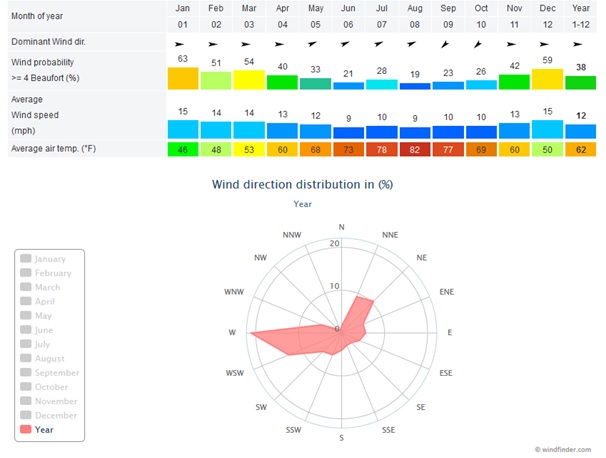
DAVID VON HIPPEL AND PETER HAYES NOVEMBER 23, 2017 I. INTRODUCTION In this report, David von Hippel and Peter Hayes explore several scenarios for radiological releases, in order to estimate the potential impacts of an accident or attack, and thus the potential benefits in measures taken to avoid those impacts. The modelling shows that […]
Go to the articlePOTENTIAL INSIDER THREAT AGAINST JAPANESE NUCLEAR FACILITIES: CHALLENGE AND PROGRESS SINCE THE FUKUSHIMA NUCLEAR DISASTER
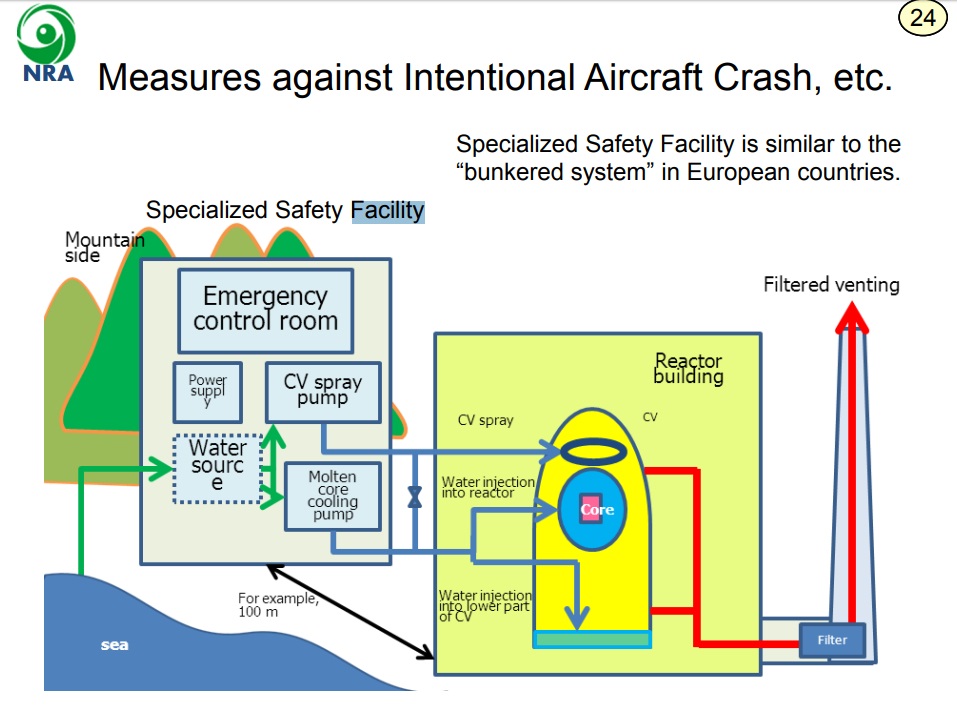
MASAKATSU OTA NOVEMBER 16, 2017 I. INTRODUCTION In this essay, Masakatsu Ota examines measures taken by Japan’s nuclear sector since the Fukushima catastrophe to upgrade nuclear security, in particular, Specialized Safety Facilities, and Personnel Reliability System. Ota argues that two further steps are needed to overcome evident deficiencies that still exist, viz, strengthening newly […]
Go to the article
